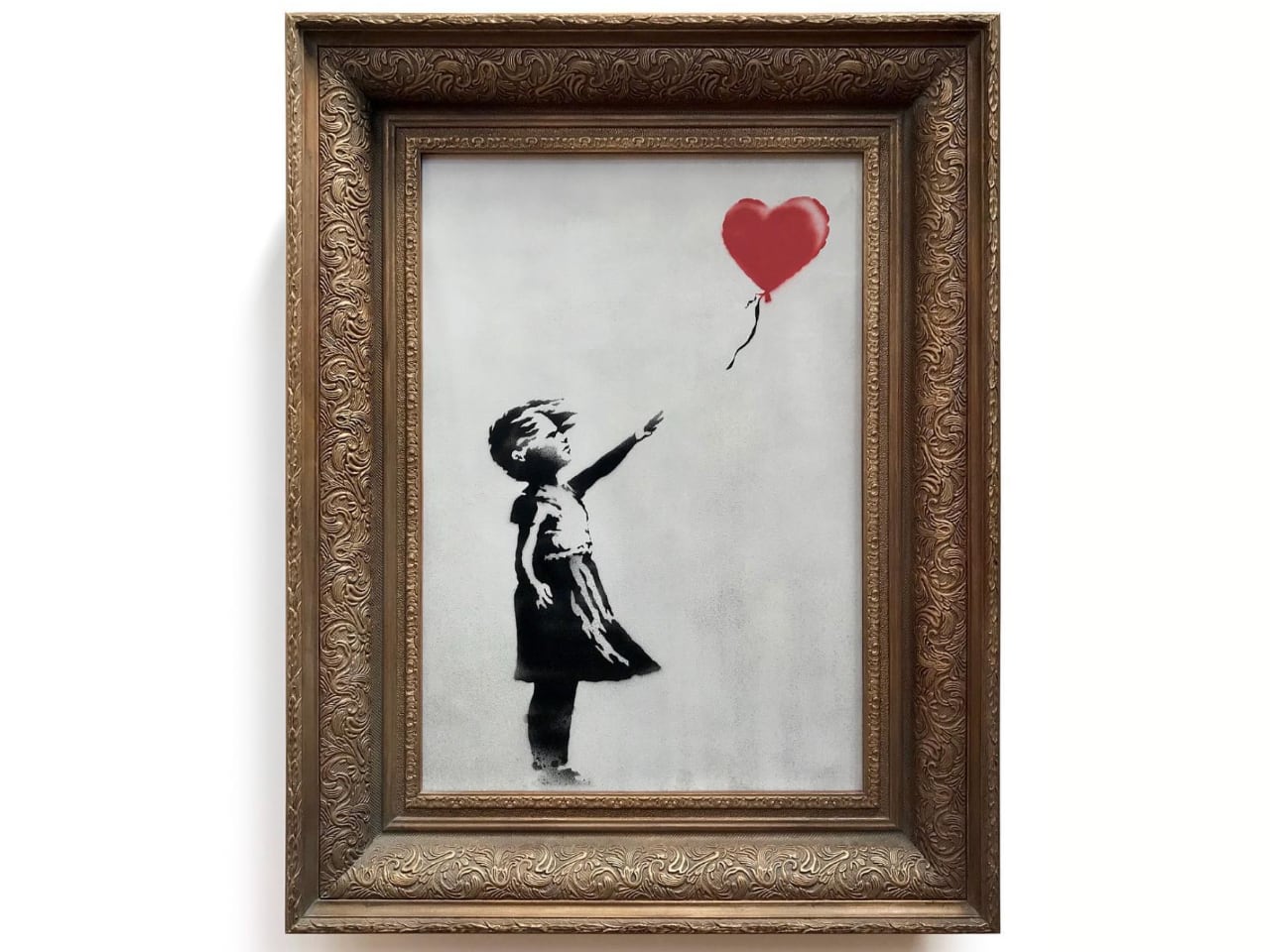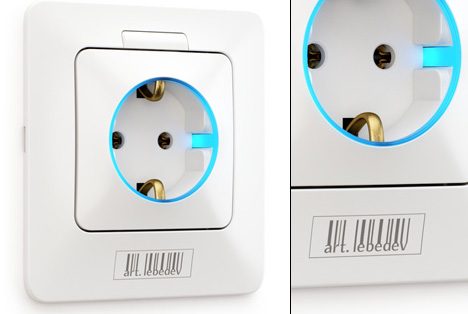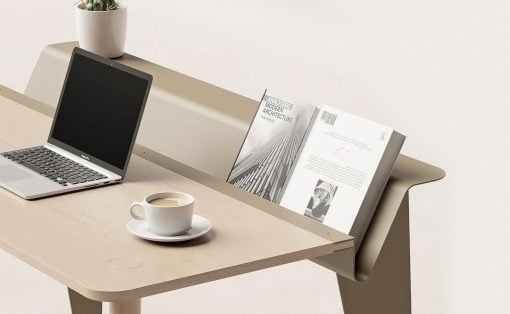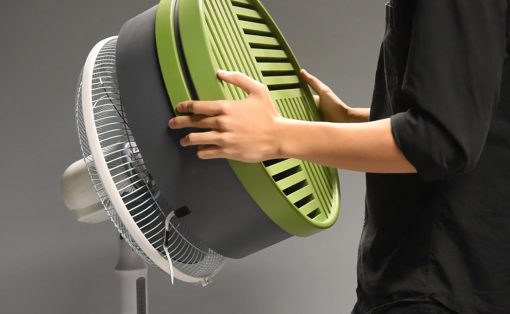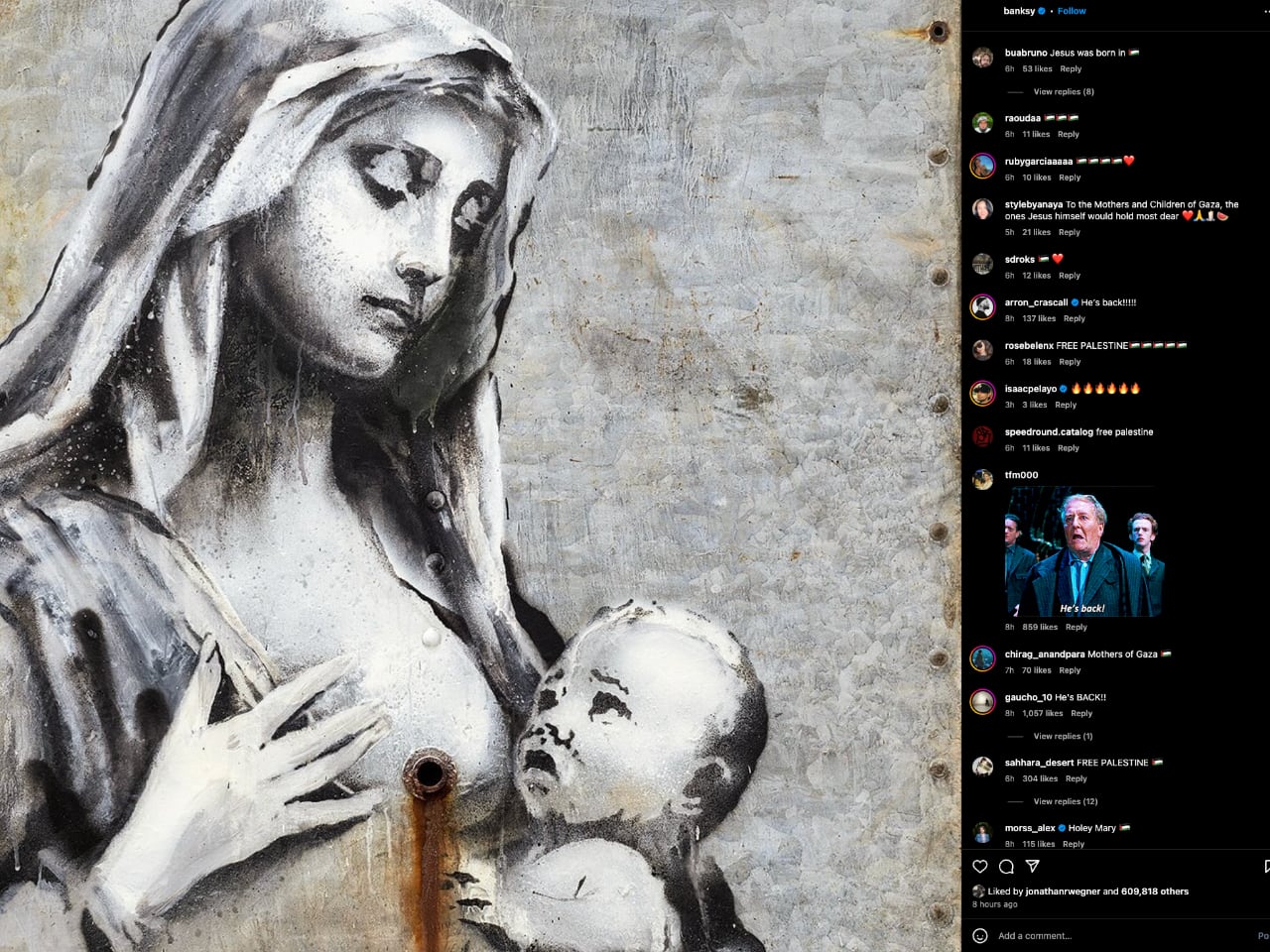
Banksy’s latest work, revealed on December 16 via Instagram, brings a familiar theme back into the spotlight—the Madonna and Child. The black-and-white stencil depicts a mother breastfeeding her baby, with classical undertones that immediately echo Renaissance-era iconography. Unlike traditional renderings, however, the piece introduces an unsettling detail: the woman’s breast appears punctured by the corroded rust of the metal sheet it sits on. The baby’s expression adds to the unease, its distressed gaze amplifying the sense of vulnerability and suffering that radiates from the composition.
Artist: Banksy
The Instagram post, which surfaced without location details or accompanying context, offers Banksy’s signature ambiguity. It leaves room for interpretation, allowing the public to form their own connections to the work. Social media, unsurprisingly, was quick to fill that gap. Many commenters noted the mural’s religious undertones, connecting the Madonna-and-Child imagery to Bethlehem—a city synonymous with the Nativity story. Banksy’s choice to depict such a scene on a rusted surface may evoke a broader narrative of resilience and struggle, themes that often resonate deeply in his works. It’s a reminder of how place, texture, and subject can intertwine to amplify meaning, inviting viewers to reflect on the contrast between tradition and modern hardship without anchoring the interpretation to one specific event or location. The suggestion isn’t without weight. Banksy has frequently highlighted conflict zones, particularly through his work in the West Bank, where his art has often blurred the line between activism and visual commentary.
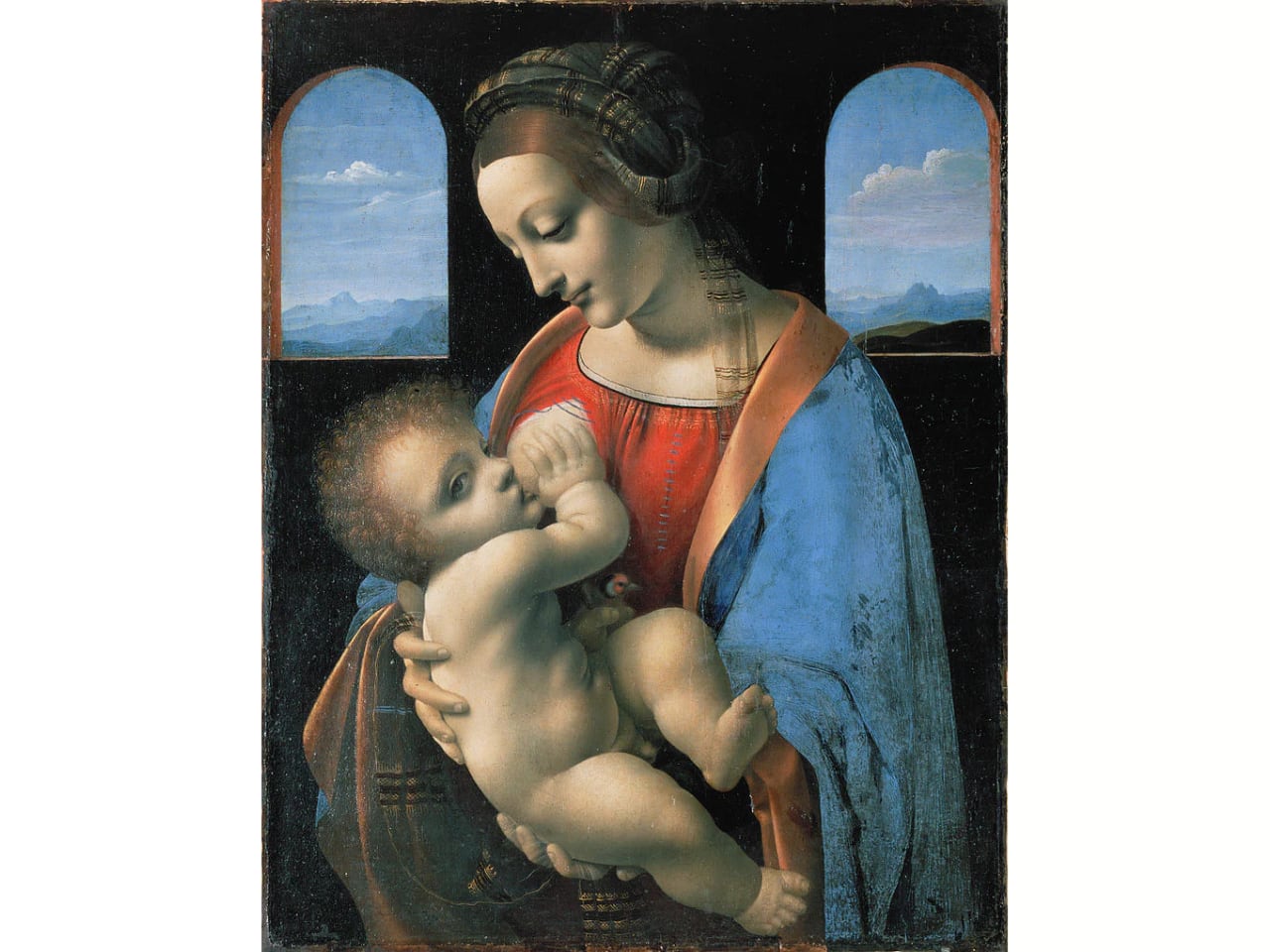
Nursing Madonna by Leonardo da Vinci, circa 1490, Hermitage Museum, St. Petersburg
Others on social media posited a more personal interpretation. One user speculated on maternal choices and how they might impact the child, writing: “Could this imply a mother’s lifestyle choices affect the milk she feeds to her baby who has no choice but to accept it?” Another raised the issue of food systems and environmental contamination, suggesting the mural comments on the transfer of chemicals from mother to child through breastfeeding. While the work refrains from offering answers, it invites the viewer to wrestle with questions—a hallmark of Banksy’s approach.
The artist’s choice of material plays a significant role in amplifying the mural’s message. The rusted metal sheet, punctured and weathered, creates a sharp juxtaposition to the serene expression on the mother’s face, amplifying the emotional weight of the mural. This contrast transforms the nurturing act into something unsettling, a visual reminder of how tenderness and suffering often coexist in harsh realities. The hole itself becomes part of the art, uncomfortably aligning with her breast and turning the nurturing act of breastfeeding into a symbol of intrusion or decay. This deliberate use of a rough, industrial surface introduces tension that contrasts the gentle intimacy of the figures. Banksy has often used urban textures to reinforce his themes, whether it’s the crumbling walls of Gaza or derelict buildings in London.
This isn’t the first time Banksy has explored Madonna and Child imagery. His 2003 piece “Toxic Mary” depicted a similarly maternal figure feeding an infant from a bottle marked with a skull and crossbones. The message was stark—a direct critique of societal toxins or corrupted systems infiltrating innocence. In this new work, the commentary feels subtler yet no less pressing. The baby’s upward gaze and the pierced breast create a layered dialogue that bridges personal suffering and broader societal dysfunction.
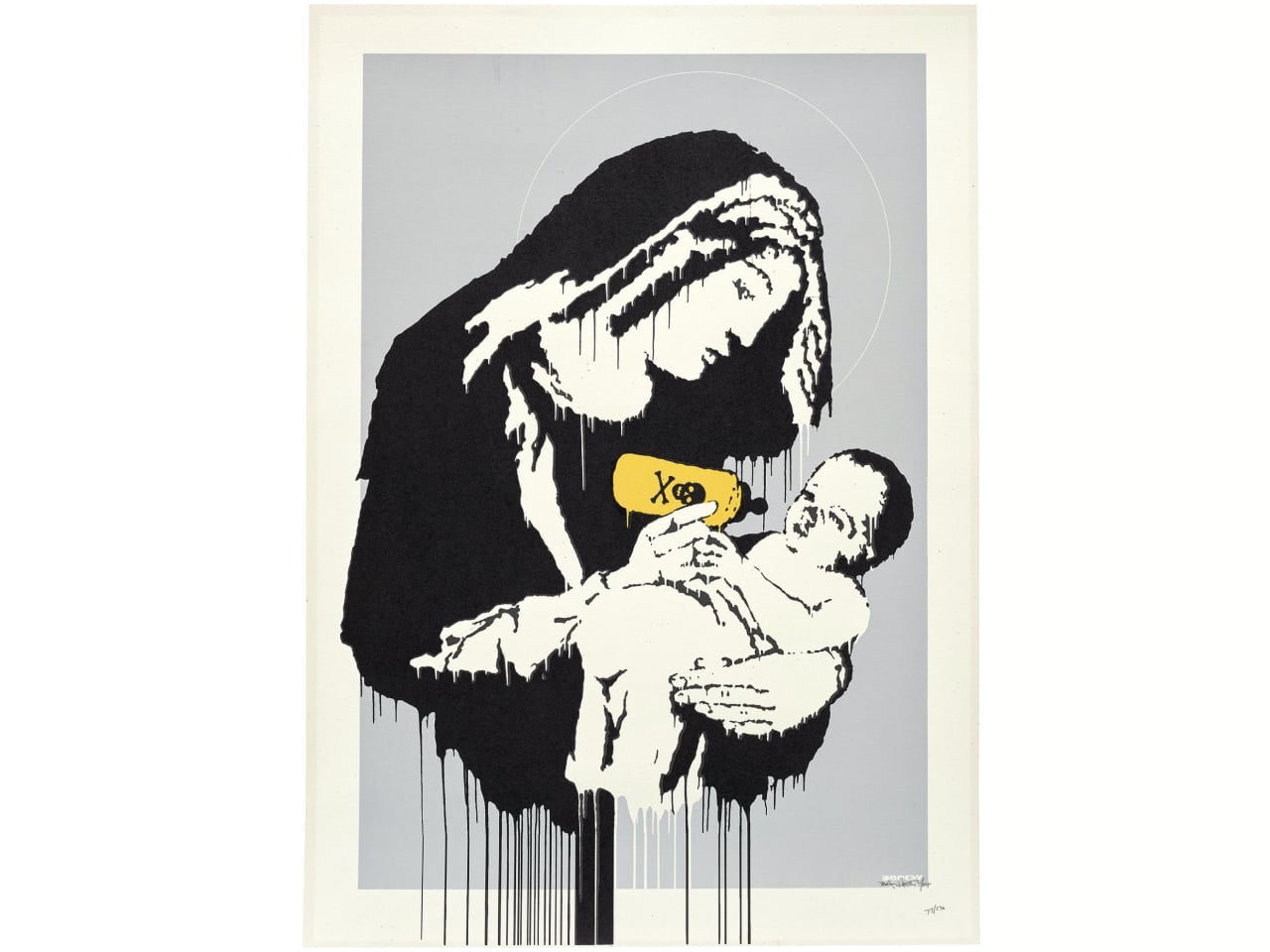
Banksy’s “Toxic Mary”
Design-wise, Banksy’s technique remains meticulous. The stencil work is precise, from the soft gradients on the mother’s cheeks to the baby’s expressive features. These fine details pull viewers in, lending a sense of tenderness to an otherwise stark and unsettling image. The composition itself follows a classic triangular structure reminiscent of Renaissance paintings, yet stripped of color and placed on a decaying backdrop. This interplay between the traditional and the raw adds to the mural’s emotional impact, drawing on familiarity while subverting expectations.
The timing of this release is notable. Banksy’s last post was in August, where he unveiled a series of animal-themed works—playful and dynamic depictions of creatures like elephants, monkeys, and a gorilla breaking free from London Zoo. In contrast, this mural marks a tonal shift back toward social and political commentary, which has long been Banksy’s most impactful territory. Whether intended or not, the release of this Madonna-and-Child mural during the holiday season highlights the piece’s resonance. It engages with themes of birth, suffering, and survival—concepts deeply tied to both the Nativity and contemporary struggles.
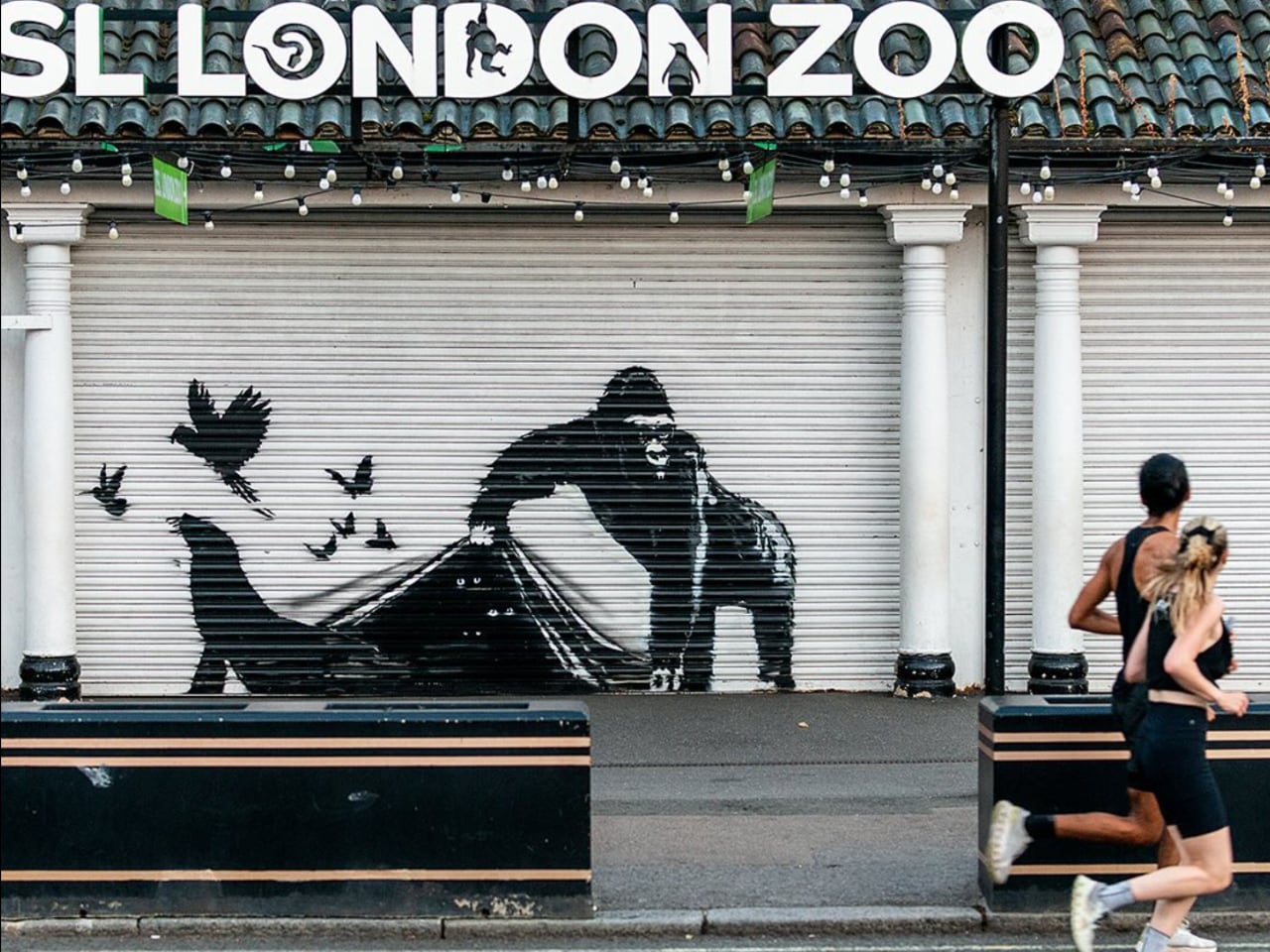
From a design perspective, Banksy’s use of grayscale aligns perfectly with the mood of the mural. The monochromatic palette eliminates distractions, sharpening the focus on the emotional weight of the figures. It’s also a technique that feels uniquely Banksy—visually minimal but layered with meaning. The contrast between the figures and the rusted void gives the piece depth, a dynamic relationship between subject and medium. The metal itself becomes part of the narrative, its imperfections reflecting the realities of hardship and decay. I particularly appreciate how this choice resonates with Yanko Design’s own thematic approach to monochromatic imagery. The raw simplicity of grayscale, when paired with thoughtful design, often elevates emotional depth while maintaining visual clarity—a principle we hold close in the way we capture and present our work here. It’s art that speaks volumes without saying too much, a balance of restraint and impact that mirrors the very ethos of great design.
Banksy’s strength as an artist is his ability to merge visual simplicity with complex storytelling. This mural speaks to multiple audiences at once. For some, it’s a commentary on war and suffering. For others, it’s a personal reflection on motherhood, environmental degradation, or systemic failure. Banksy leaves the door open—an approach that turns art into a conversation rather than a definitive statement. That openness is what gives this work its staying power, allowing viewers to project their own experiences and concerns onto the imagery.
Viewed through the lens of modern design, Banksy’s ability to adapt his art to found surfaces is particularly noteworthy. The rusted metal panel, punctuated and scarred, transforms into an active participant in the composition. It’s not a passive backdrop but a critical element that shapes how the figures are perceived. This blending of subject and medium aligns with contemporary design principles that celebrate material honesty and storytelling through texture. It’s a reminder that design—like art—is as much about what you include as what you leave exposed.
Banksy’s mother-and-child mural lingers with its contradictions. It is tender yet brutal, serene yet distressed, timeless yet urgent. The piercing through the breast might symbolize harm, but it also forces the viewer to confront resilience—a mother who carries on despite the intrusion. That duality mirrors the struggles we see across the globe, where hope persists amid destruction. Themes of maternal strength, innocence under siege, and societal decay converge into a single powerful image that refuses to fade from memory. Banksy doesn’t hand us solutions, but he compels us to look closer, to sit with discomfort, and to consider our role in perpetuating or alleviating these struggles. Whether interpreted as a political critique, a personal reflection on motherhood, or a commentary on environmental and societal erosion, the mural carries a weight that feels impossible to ignore. Its quiet power stays with you long after you’ve looked away, demanding reflection and offering no easy answers. That is where Banksy’s brilliance lies—in his ability to ask the hardest questions through the simplest forms, leaving us to wrestle with the uncomfortable truths he reveals.

